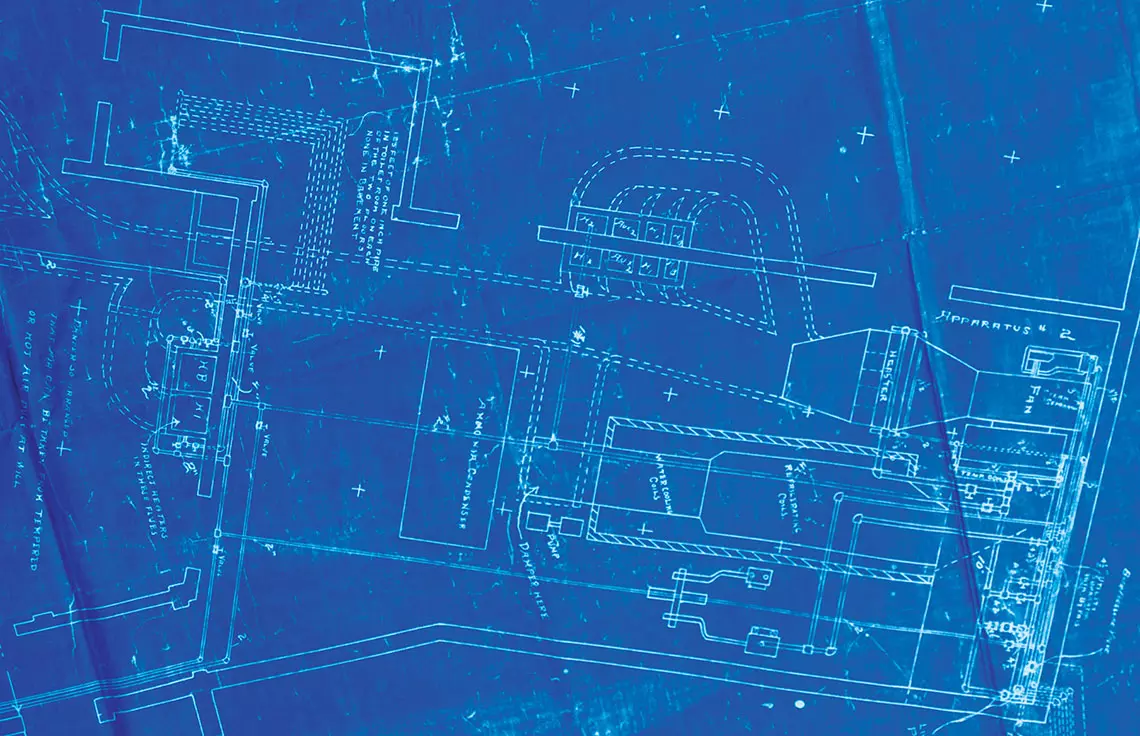
Air conditioners, although varying in shape and size, operate on a fundamental principle. They provide cool air by eliminating heat and humidity from indoor spaces. This cooling process involves three main mechanical components: a compressor, a condenser coil, and an evaporator coil. These components work together to convert the refrigerant from gas to liquid and back again, ensuring a constant flow of cool air.
The Intricacies of Air Conditioning
What Makes Up a Typical Air Conditioning System?
 Willis Carrier’s groundbreaking design for the first modern air conditioning system
Willis Carrier’s groundbreaking design for the first modern air conditioning system
Before delving into the workings of air conditioners, let's take a brief look at their components. A typical central air system consists of a thermostat, an outdoor unit with a fan, condenser coil, and compressor, and an indoor unit (a furnace or fan coil) with an evaporator coil and fan. Copper tubing connects the indoor and outdoor units, while ductwork circulates air between them. An expansion valve regulates the flow of refrigerant, ensuring optimal cooling efficiency.
Inside and Outside the Home: A Synchronized Cooling Process
The air conditioning process occurs simultaneously both inside and outside the home. Inside, warm indoor air is cooled as it passes over a cold cooling coil filled with refrigerant. The heat from the indoor air is absorbed into the refrigerant as it transitions from liquid to gas. The cooled air is then distributed back into the house.
Meanwhile, outside the home, the refrigerant gas is compressed before entering a large coil in the outdoor unit. Heat is released outside as the refrigerant returns to a liquid state, with a powerful fan pulling outdoor air through the coil to facilitate heat dissipation. This continuous cycle effectively removes heat and humidity from indoor air, ensuring a cool and comfortable environment inside the home.
A Closer Look at the Cooling Process
Now, let's dive deeper into the intricacies of how air conditioners work. The process begins when the thermostat senses a need to lower the air temperature. Signals are then sent to the indoor and outdoor components, initiating the cooling process.
The indoor unit's fan pulls hot air from inside the house through return air ducts, filtering out dust and other airborne particles. The filtered warm air passes over the cold evaporator coil. As the liquid refrigerant inside the coil converts to gas, it absorbs heat from the indoor air, effectively cooling it. The blower fan of the indoor unit then circulates the chilled air throughout the home via the ductwork.
The refrigerant gas exits the home through a copper tube and enters the compressor in the outdoor unit. Acting as a large electric pump, the compressor pressurizes the gas, sending it into the condenser coil. During this process, a substantial fan pulls outdoor air through the coil, releasing the heat absorbed from the house. The refrigerant is converted back into a liquid and travels through a copper tube back to the indoor unit. Here, an expansion device regulates the flow of refrigerant into the evaporator coil, allowing it to absorb more heat from the indoor air. This cycle of cooling and heat absorption continues until the desired temperature is achieved.
Exploring Different Types of Air Conditioners
As we've seen, air conditioners can be quite complex. Similarly, there are different types of air conditioning systems available to suit various needs. Let's take a closer look at three primary types: split-system air conditioners, packaged air conditioners, and ductless air conditioners.
Split-System Air Conditioner
Split-system air conditioners are the most common type, often referred to as "central air." These systems consist of an indoor unit and an outdoor unit. The indoor unit includes the evaporator coil and blower fan, while the outdoor unit houses the compressor and condenser coil.
Split-system air conditioners offer a range of options, including basic single-stage systems, more efficient two-stage systems, and energy-saving multi-stage systems. They provide consistent temperature control for the entire home and contribute to improved air quality by incorporating filters in the indoor unit.
Packaged Air Conditioner
Packaged air conditioning systems also function as central air systems. They combine the evaporator coil, blower fan, compressor, and condensing coil in a single unit. These systems are ideal when space is limited, such as in attics or closets, or in areas where rooftop installations are preferred.
Like split systems, packaged systems pull warm air from the home through return air ducts, cooling it through the evaporator coil. The cooled air is then returned to the home through supply air ducts, while excess heat is released outside via the condenser coil. Packaged systems also offer options for improved energy efficiency, including two-stage systems and models with multi-speed blower fans.
Ductless Air Conditioner
Ductless air conditioning systems are designed for targeted cooling in specific areas of the home. These systems do not rely on ductwork to distribute cool air, making installation less invasive. Each ductless system includes an outdoor unit and at least one indoor unit, connected by copper refrigerant tubing.
Each indoor unit is installed in a specific room and provides cooling solely for that area. These units can be mounted on walls, ceilings, or floors, and some setups include multiple indoor units connected to one outdoor unit. Ductless systems allow for individual temperature control in each room, providing personalized comfort.
Regardless of the type of air conditioning system that suits your home, understanding how air conditioners work empowers you to make informed decisions. Now, you can confidently choose the system that best fits your needs and engage in meaningful discussions with your HVAC contractor.









